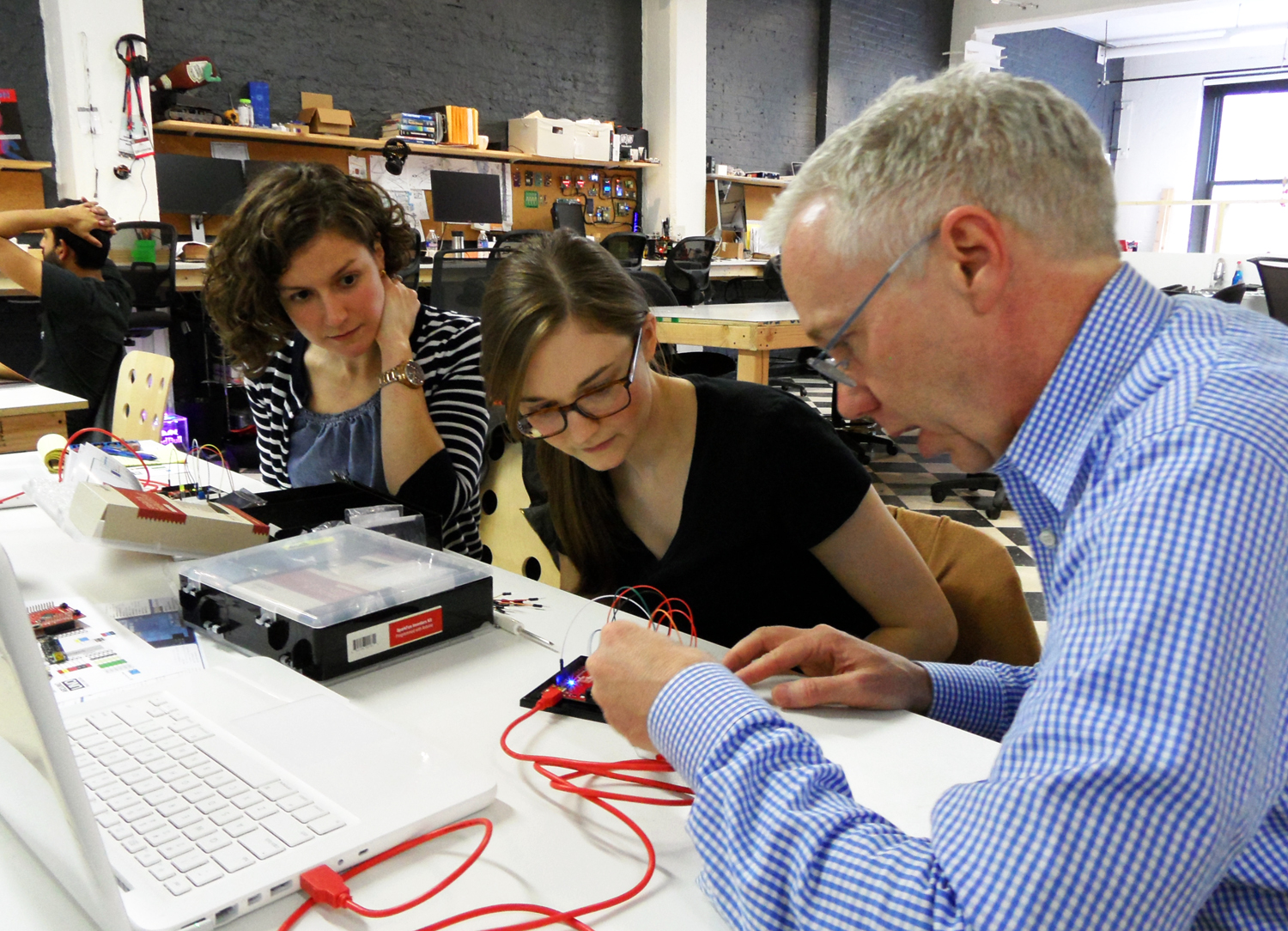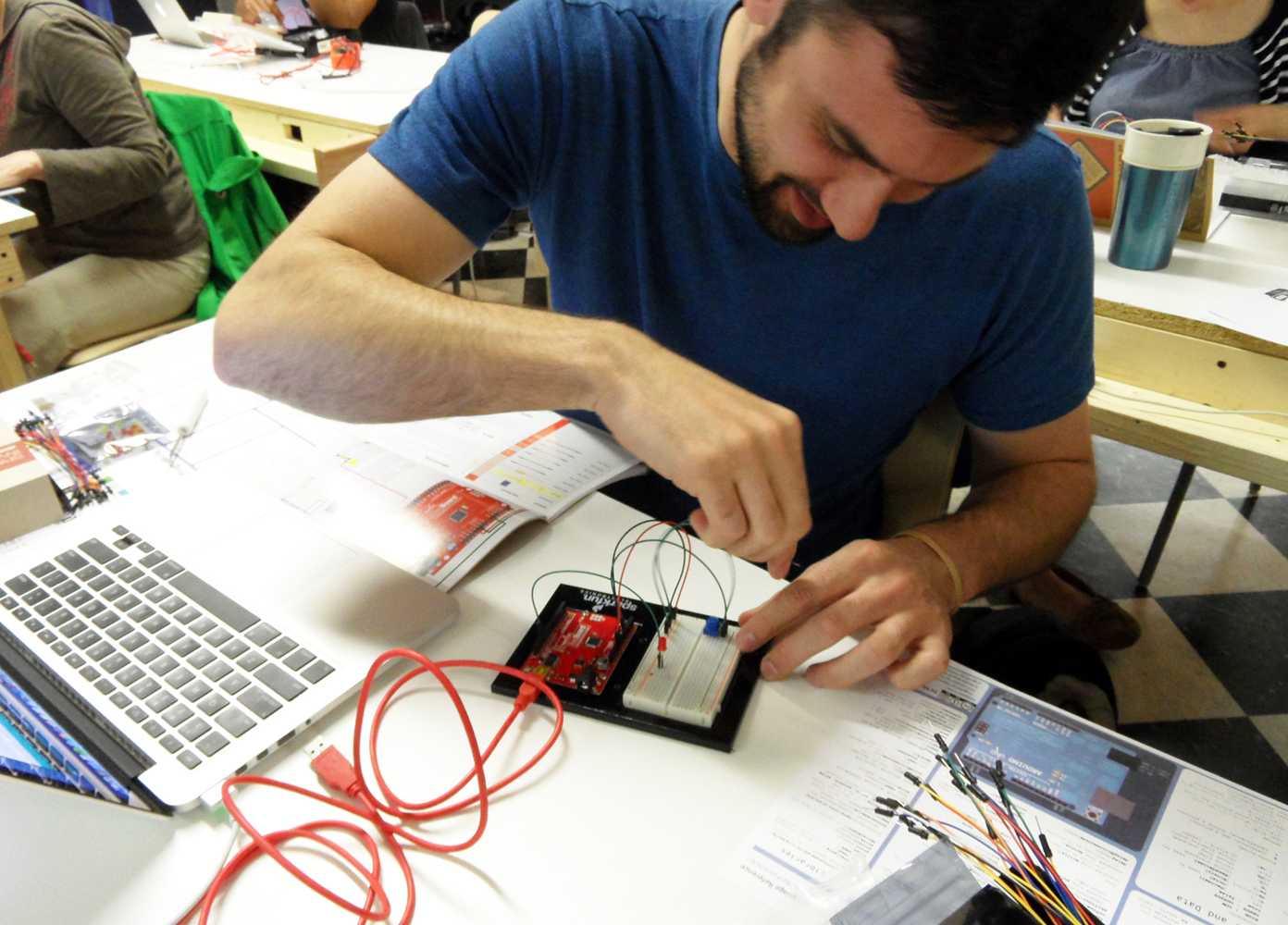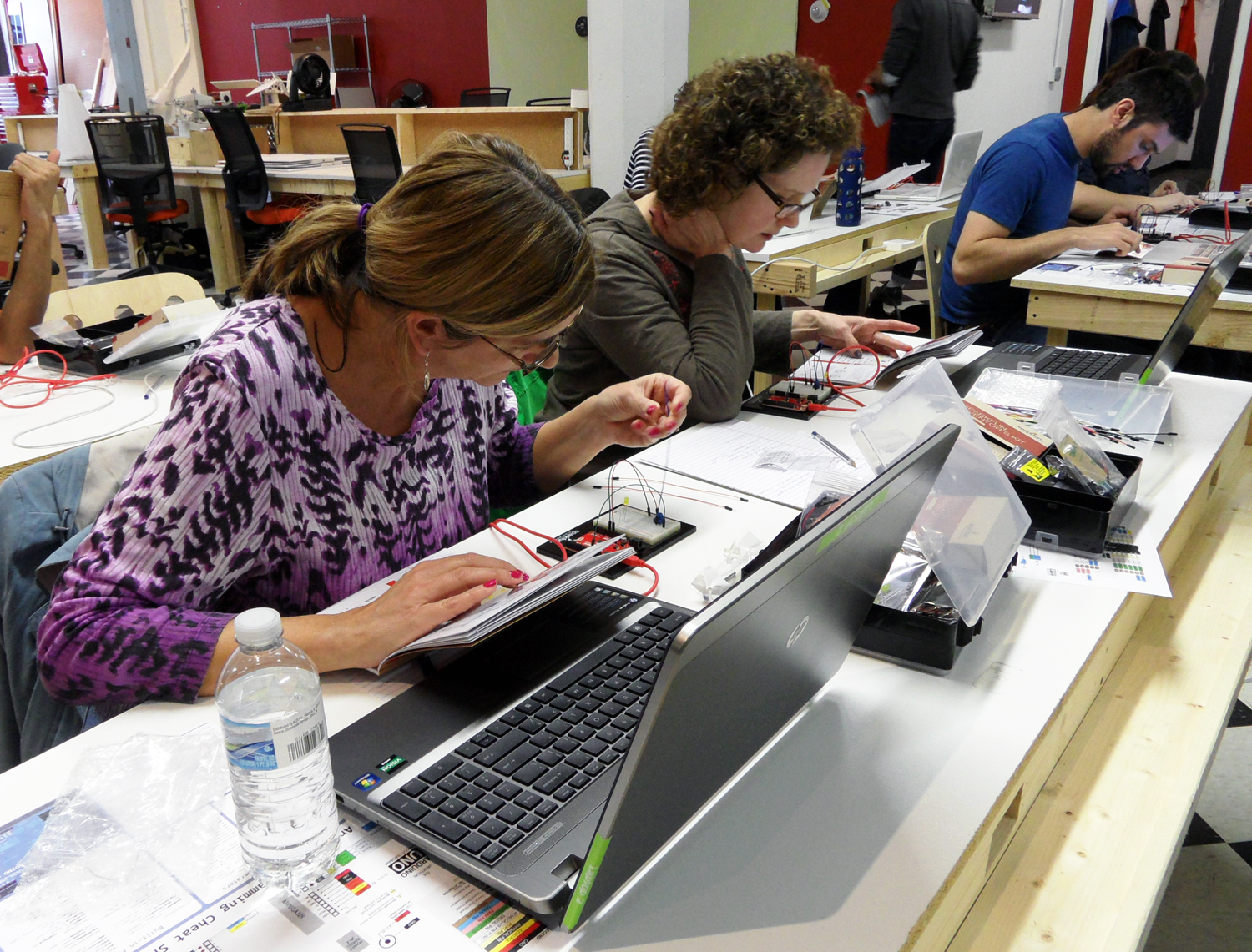This spring I was offered the opportunity to co-teach a class at Northwestern by a former colleague and leapt at the chance. I’ve given lectures and participated in critiques here and there, over the years, but have never contributed to a class from start to finish, so this was uncharted territory for me. The experience was a 10-week roller coaster of twists and turns that left me exhilarated, motivated, and changed for the better. Now that I’ve had a month or so to recover from the whiplash, I thought it high time to do some reflection and share what I’ve learned.
The Details
The class is called “Design Thinking and Doing” and is an elective class open to all undergraduate students on campus. On paper, the class offers students the chance to learn and practice user research methodologies and apply them to develop solutions to real problems in the world around them. A full half of the class is devoted to observing users and making sense of what they see. They learn to conduct studies in the field, reframe problems to perceive them from different angles, and techniques for individual and group brainstorming. In a broader sense, however, the aim is to train students to think differently and give them not only the agency, but confidence, to create. With a full shop, 3D printers and laser cutters at their disposal, they were encouraged to take their ideas off the page and into cardboard, acrylic and PLA.
What I’ve learned about Teaching
The first thing I learned straight-away is that teaching is a LOT of work! Between preparing content for lectures, class-time, office hours, grading, and commuting from the studio, I would estimate I was putting in an extra 15 hours a week. This would have been even higher, if a curriculum had not already been crafted by my co-teacher Pam over the last few years. Speaking of Pam, I was in awe of her ability to conduct a class. She was just as natural, engaging and coherent in front of 25 students as she is speaking one-on-one. Whether this is a gift or an acquired skill, it was inspiring to observe, and I hope to one day be half as comfortable in front of a class as she.
Most importantly, I learned that teaching is less about the transfer of data as it is about inspiring a new generation. In the first few lectures, I had outlined dozens of details in the readings and pulled lengthy case studies from my portfolio to share, but quickly realized that I was trying to throw lighter fluid on a bunch of candles. I wasn’t going to turn two dozen design novices into sharpie-wielding warriors overnight (this was an afternoon elective class, after all). I think teaching is really about getting students to cultivate their interests and develop them. It doesn’t matter if they miss a detail here and there, as long as they get the big picture.






